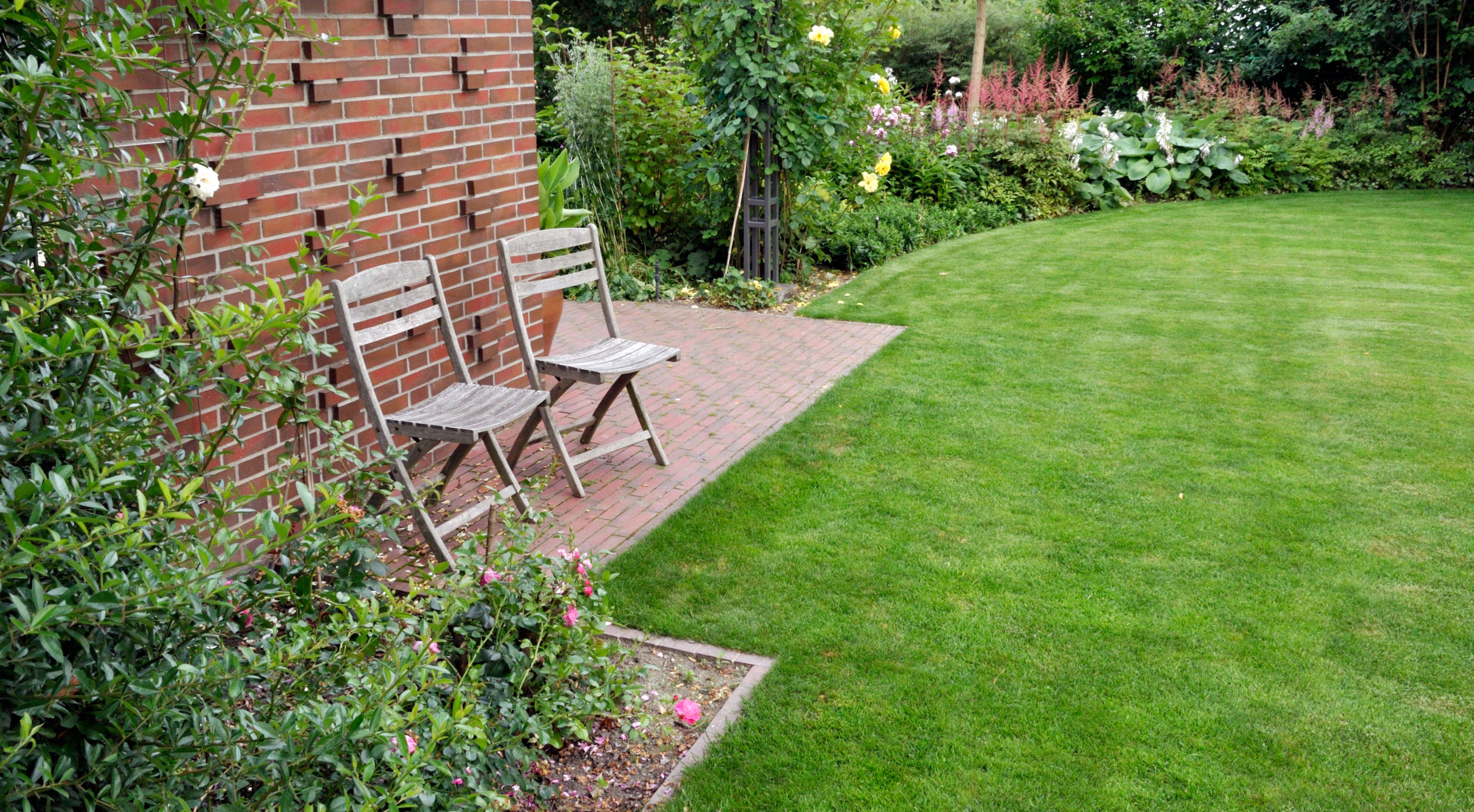
Lawn tasks for May will vary depending where you live and the weather you experience. However, if you do what is recommended in your region, you will be rewarded with strong turf that looks good and needs less maintenance in the coming months.
Some lawn care tasks are universal, even if they are time-sensitive, such as when to mow, rake or aerate. The main goal is for healthy soil, as this is literally, at the root of strong and healthy grass.
Quick fixes can cause more problems and expense in the long run–and may even prevent you from enjoying your garden.
According to a survey by NaturaLawn of America in honor of National Lawn Care month in April, 56% of Americans are less likely to host an event if their yard doesn't look great.
So don't miss out on summer fun. For a lawn that looks good, here are the tasks to do in May.
1. Clear up debris
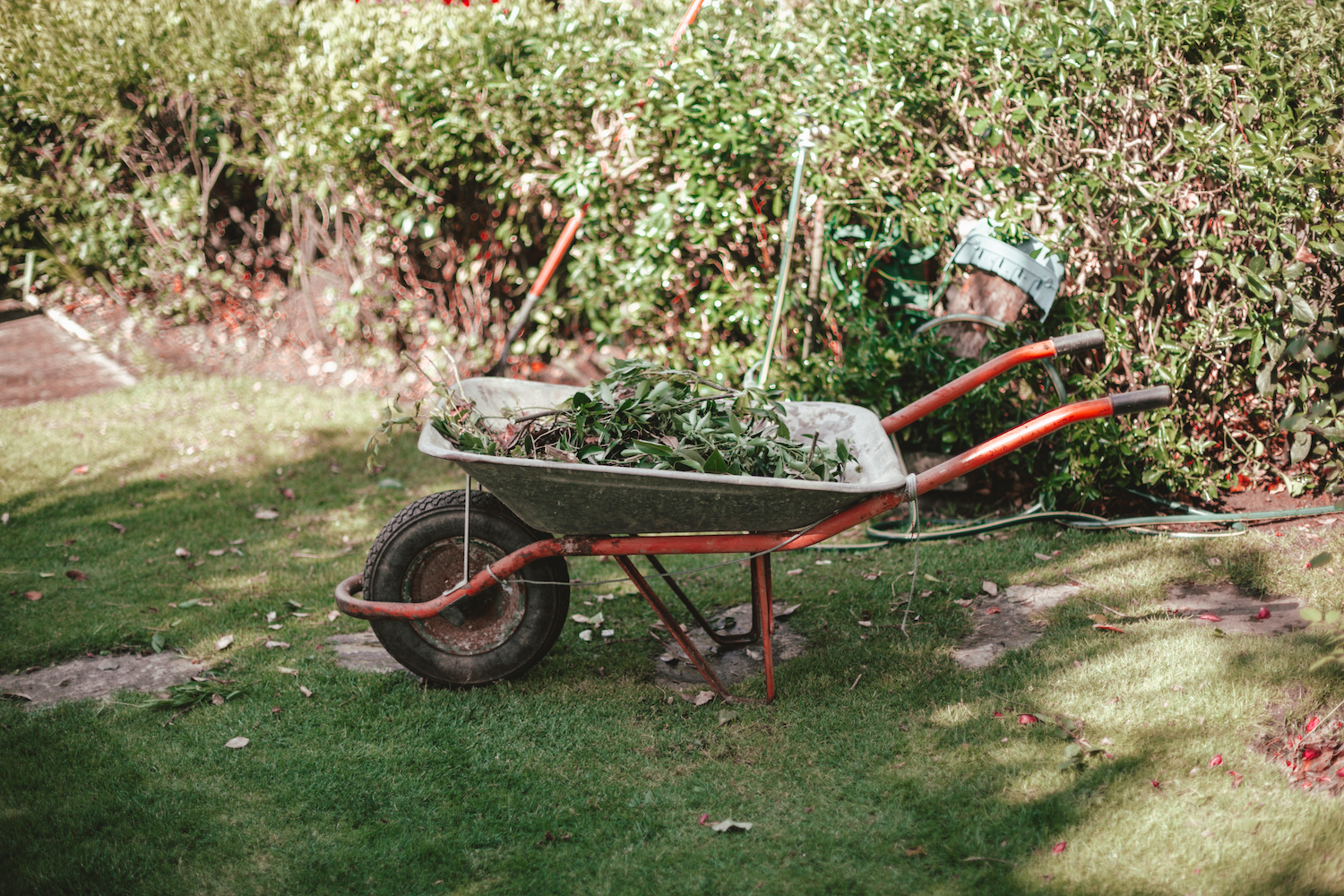
Clearing up debris is important, as it's time to start mowing your lawn (if you haven't already, or as long as you're not taking part in No Mow May), and getting your yard ready for summer. Whether any debris is due to minor storm damage or bits strewn about in the wind, a quick tidy will ensure the path is clear for mowing and other lawn tasks.
'Cleaning up any leftover debris from winter or early spring, such as leaves or branches, will assist with maintaining a thicker lawn,' says Phil Catron, President and founder of NaturaLawn of America.
'Doing this as soon as possible is the best way to prevent any harm to your grass or possibly your lawn equipment.'
2. Rake your lawn
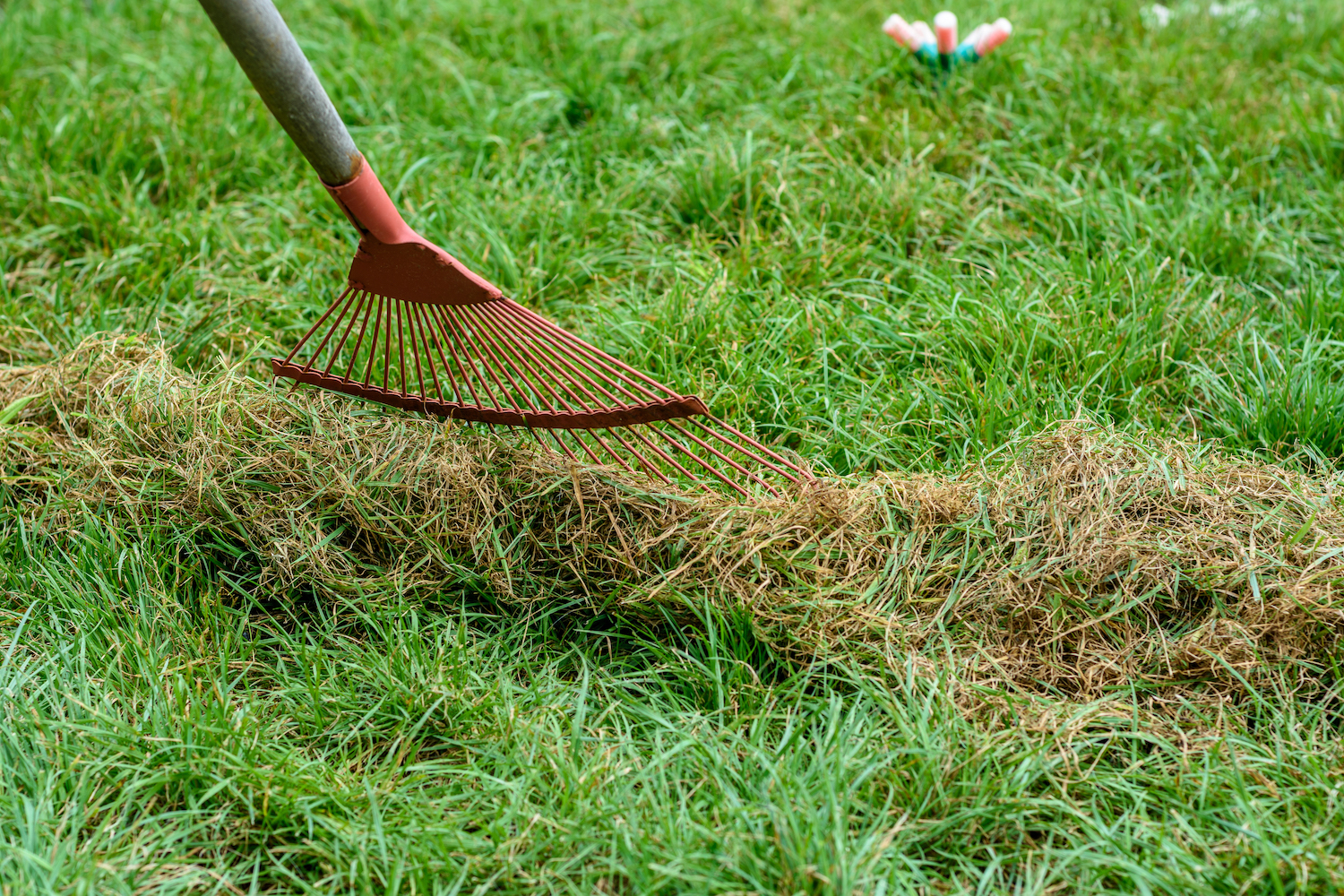
Once you've cleared up any debris on the surface, raking your lawn will help to improve its health.
'A light raking over your lawn after the snowfall has melted will increase air circulation and reduce the chances of snow mold occurring,' says Phil Catron.
'In addition, raking your grass will help clear off any smaller debris, such as acorns or small tree twigs, which may cause bare spots or quickly dull your mower blade if not removed from the lawn.'
3. Get a soil test
Blithely applying fertilizer to grass can cause more harm than good, not only to your lawn, but to local waterways and wildlife. In some states, phosphate fertilizers have been banned, due the runoff into local waterways.
Too much nitrogen can cause issues too. Knowing what nutrients your soil does or doesn't require via a test will ensure you get the balance right.
'At a minimum of every three years, test your soil or have a local lawn care company test it,' says Phil Catron. 'Administering lawn applications without this information is not only a waste of financial resources, but it may also have unnecessary negative impacts on the environment.' for a DIY option, try a lawn soil test kit, like this one from Walmart.
'Applying too much quick release artificial nitrogen fertilizer may make the lawn green up fast, but it can also lead to excessive top growth at the expense of minimizing important root growth. Excessive applications of nitrogen in the spring will also lead to major lawn disease problems in late spring and early summer.'
4. Aerate your lawn
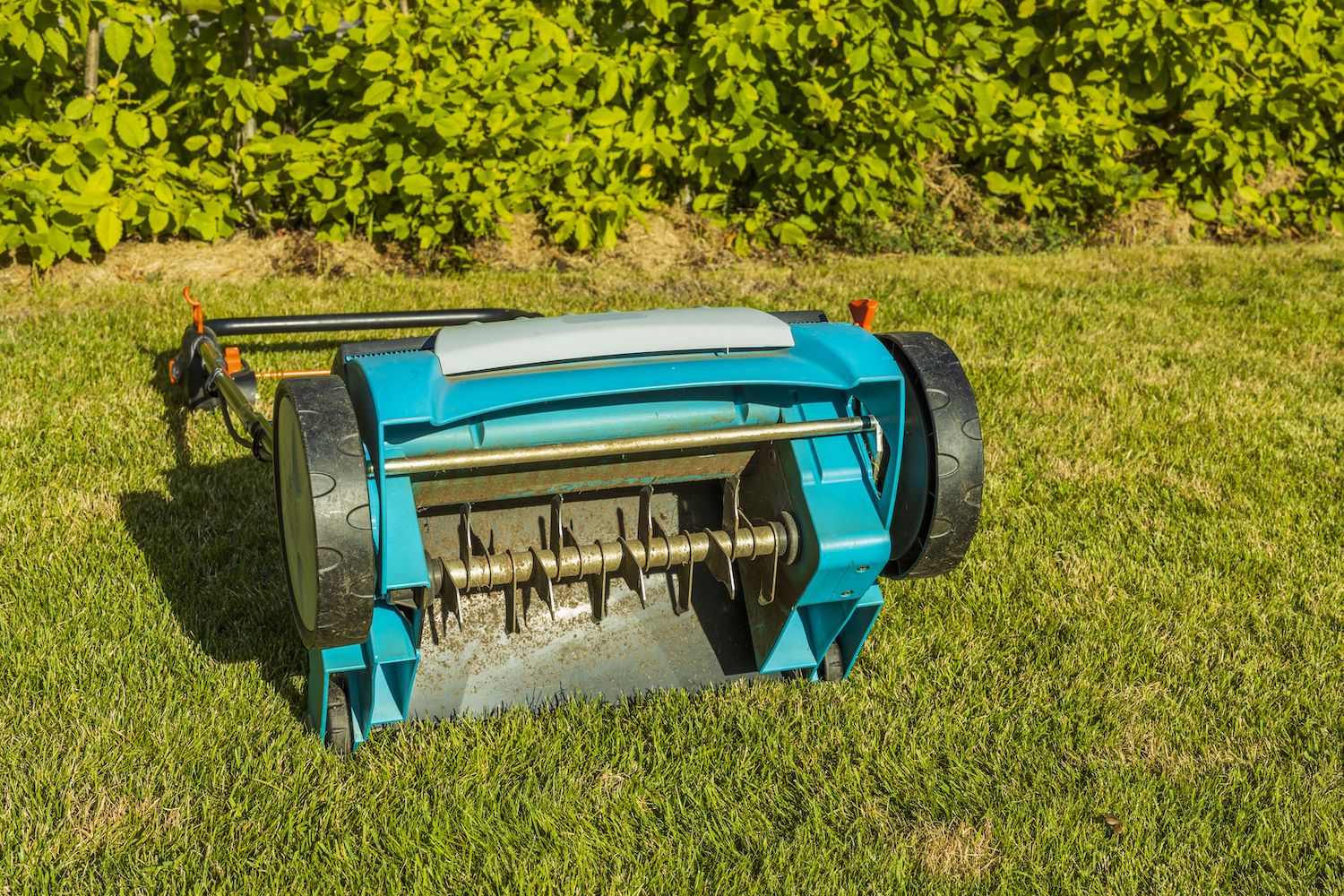
Aerating your lawn helps water and nutrients seep into the soil. If you didn't have a chance to aerate your lawn in April, there is still time to do it in May, according to Charlie Nardozzi, author, New England Month-by-Month Gardening.
You'll need to know how to aerate a lawn to proceed. 'Water the entire yard lightly for a few hours before you aerate it to ensure that the soil is moist—but don’t overwater or the machine will become bogged down with mud,' cautions Charlie.
'Set the depth gauge on the coring machine to maximum and run the machine back and forth across the lawn in one direction. Then run it again, perpendicular to the original direction.
'Allow the cores pulled up by the aerator to dry for a day, then gently rake across them to break them up and help them decompose faster.'
5. Patch bare spots with seed
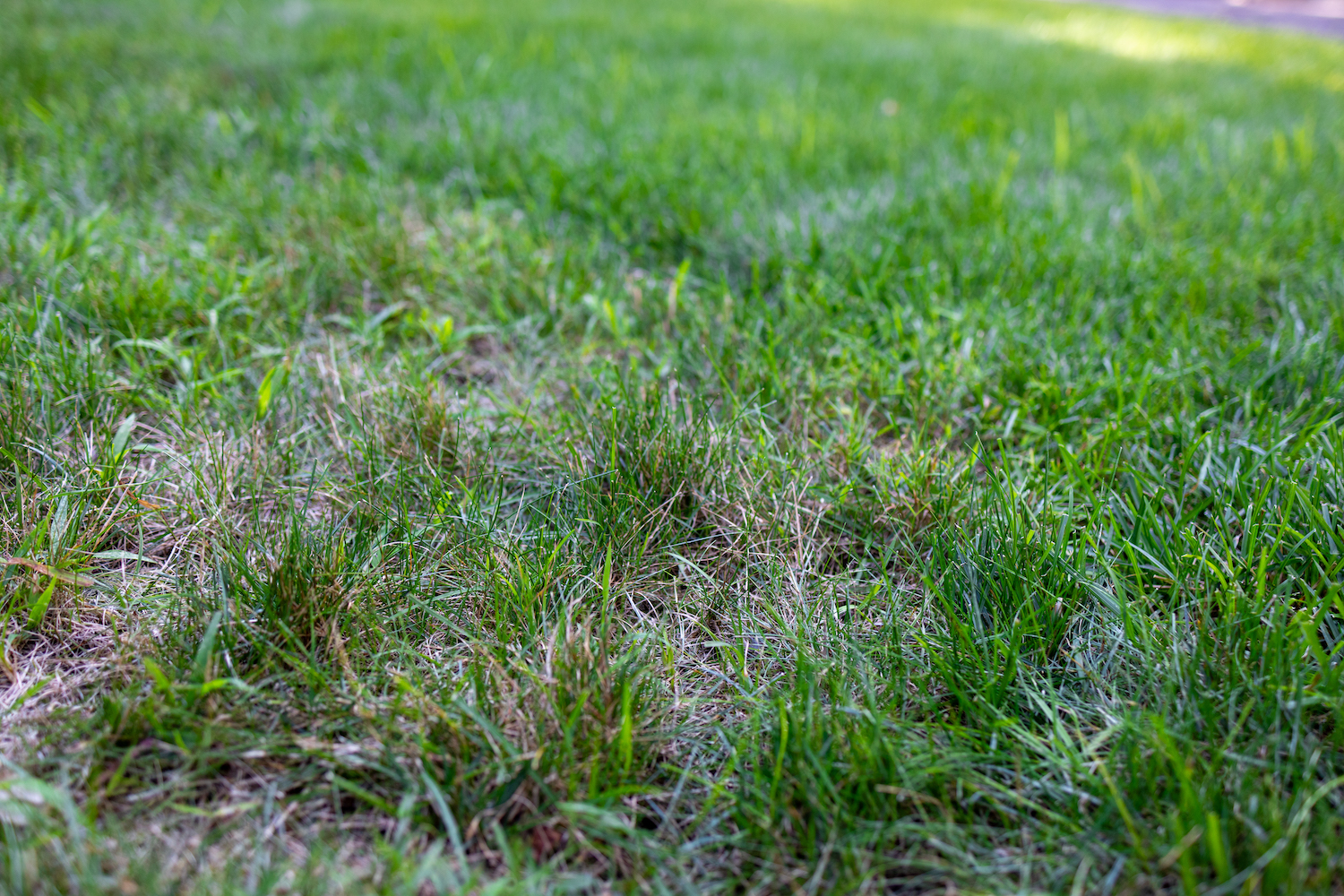
If you didn't have time to do this in April, you can still patch any bare spots of cool season grass with seed, removing any weeds first.
'Rake the soil so it’s loose to 6 inches deep and amend the soil with compost and fertilizer, based on a soil test first,' says Charlie Nardozzi.'Keep newly seeded lawns and bare patches well watered with at least 1 inch of water a week.'
'Don’t fertilize newly sown lawns now—wait until fall. In fact, if you’re planning on fertilizing your established lawn only once, it’s better to do it in fall than spring.'
6. Start a clover lawn for pollinators
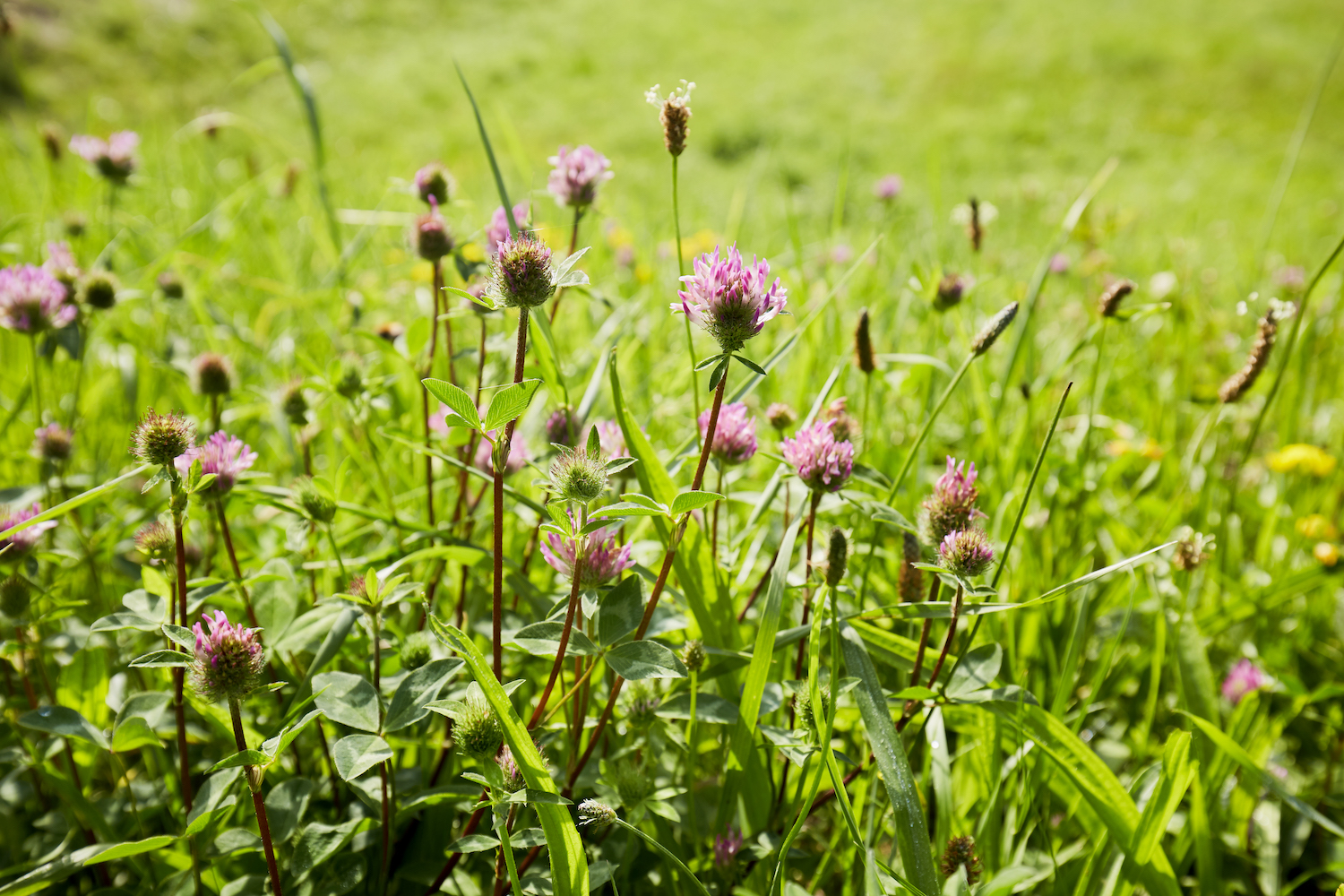
Transforming a regular lawn into a clover lawn can impact nature positively. It takes far less work to maintain too. If you don't want to re-wild a whole lawn, leave a small patch of your back yard to grow and sprinkle over some clover seed native to your region.
According to gardener, Paul Avellino of @avellinofarms, clover and native grasses are drought-resistant and naturally fertilize the soil. 'This not only saves water and reduces pollution, it creates a lush resilient landscape that thrives with minimal maintenance,' says Paul.
'Clover can be seeded over your existing lawn. I like to throw it down if I notice a rainy week in the forecast in spring.'
7. Mow grass to 3" high
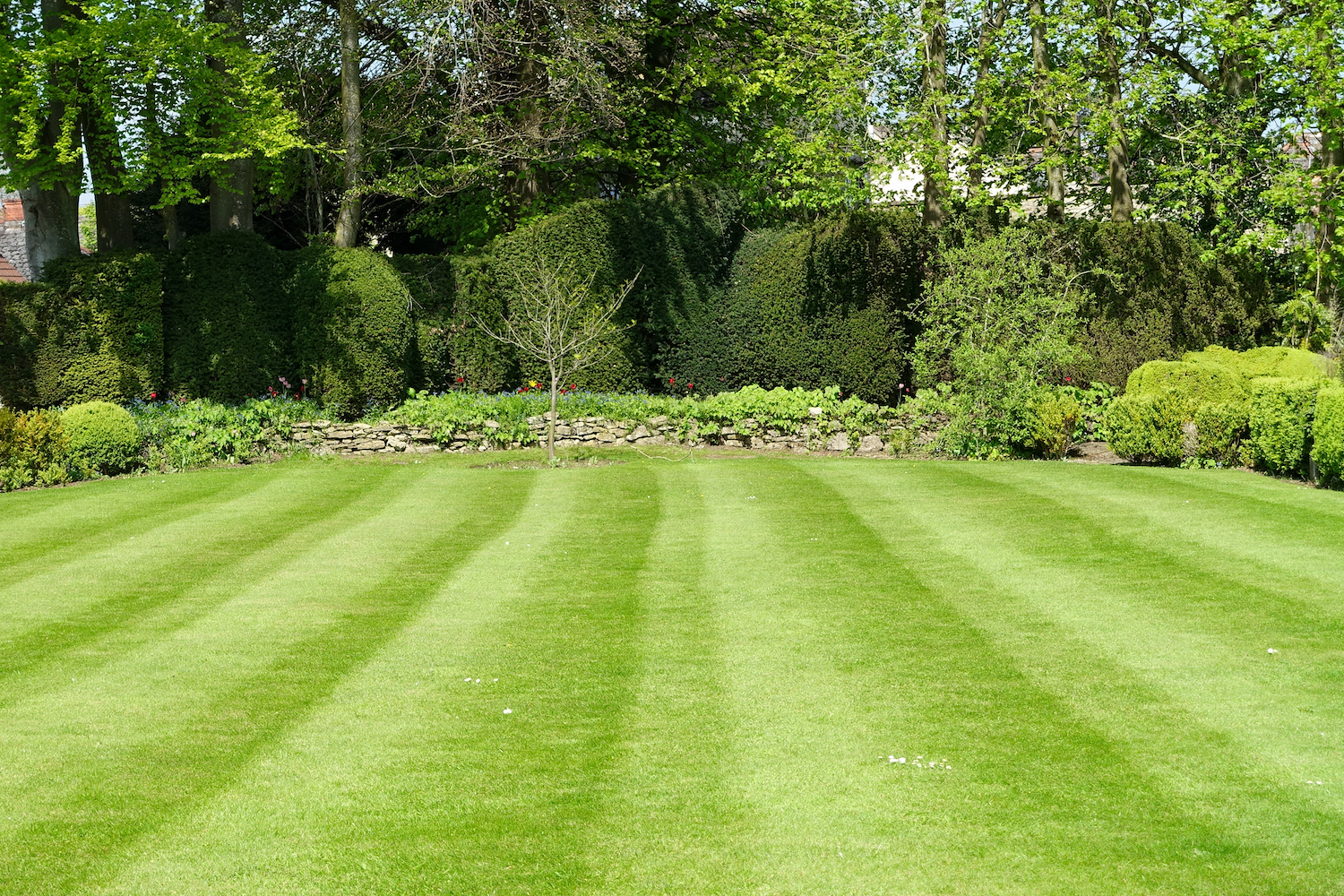
Some wildlife charities encourage #NoMowMay in order to help hungry and endangered pollinators that feed on clover, daisies or other wildflowers in lawns. This coincides with the trend for re-wilding your yard. However, if you're a stickler for a perfectly manicured lawn, it's time to get the mower out.
'Cutting the lawn and letting the clippings return to the lawn, rather than bagging them, is a good practice,' says Kate Copsey, author of New York & New Jersey Month-by-Month Gardening. 'Mowing lawns to the height of about 3 inches and having a healthy stand of grass goes a long way toward avoiding weed problems.'
'Mowing high to three inches allows the grass to develop a strong root system that results in a lush lawn,' adds Charlie Nardozzi. 'A thick lawn is your best deterrent for weeds and will be less likely to suffer during dry periods.'
8. Check that your irrigation system is working
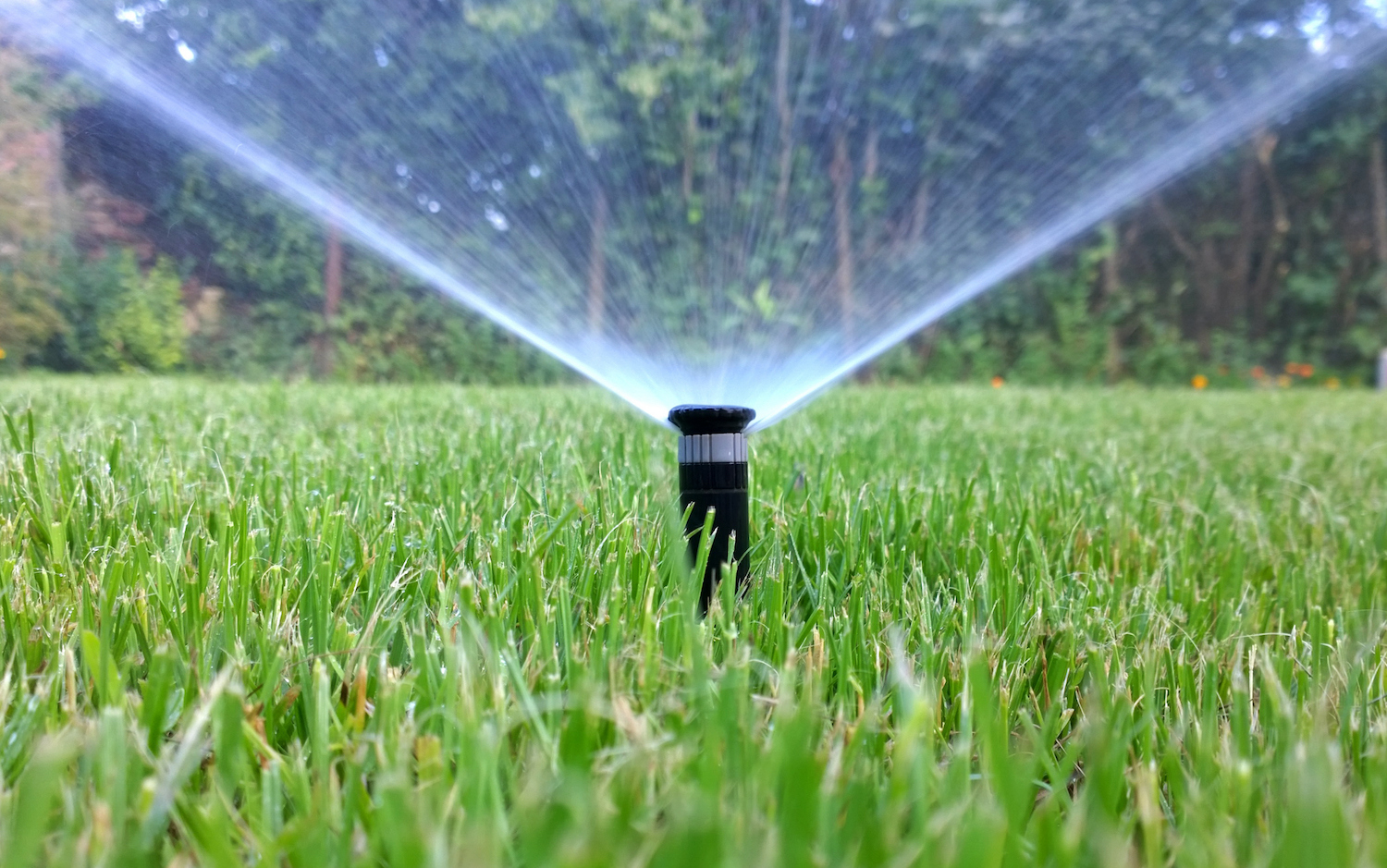
In some areas, April sees a lot of rainfall, so it may not yet be necessary to water your lawn in May. However, it's worth inspecting any sprinkler systems or equipment, before the hot weather arrives.
'Most years there’s no need to water New York or New Jersey lawns during May, but it’s a good time to check that your in-ground irrigation system is working,' says Kate Copsey.
'Clear nozzles and make sure that they’re delivering water where they should, and repair any damaged lines so that the system will work correctly when you need it in the summer.'
9. Schedule preventative crab grass control
'Annual weed grasses can be dealt with by applying a pre-emergent treatment, like this Scott's Halts from Amazon, this month, prior to the seeds germinating,' says Kate Copsey.
'For crabgrass, this is when the soil temperature is 60°F. Although, don’t apply pre-emergent if you plan on reseeding a lawn because the treatment stops germination of any seed, including grass seed, for as long as three months.'







